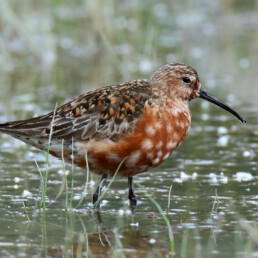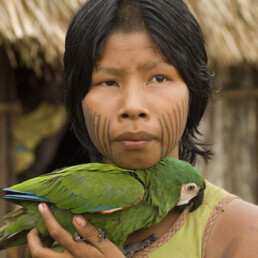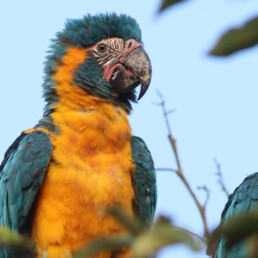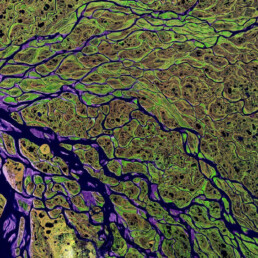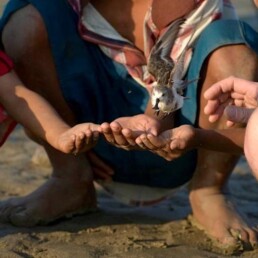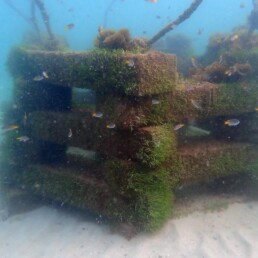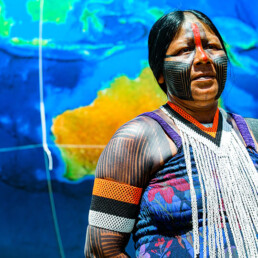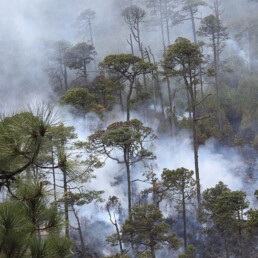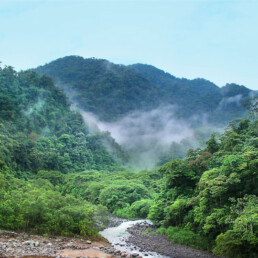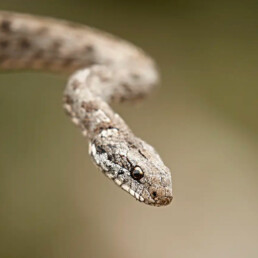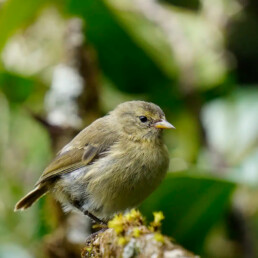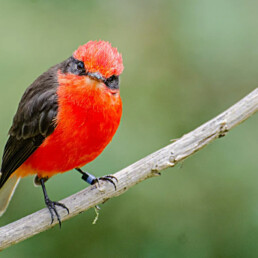
Field Partner
The Jocotoco Conservation Foundation protects Ecuador’s most endangered ecosystems and wildlife, from the Amazon foothills to the Andes, Chocó, Tumbes, and Galápagos. They discover new species, rediscover those thought extinct, and save others from the brink. Their success combines world-class science, community leadership, and on-the-ground efforts.
Goals
The Jocotoco Conservation Foundation employs a multifaceted approach to restore Floreana’s biodiversity by eliminating invasive predators and reintroducing iconic endemic species. This helps to restore harmony and equilibrium to the ecosystem.
Location
Floreana is the sixth largest island in the Galapagos. Famed for their biodiversity, these islands have been a living laboratory for the study of evolution for nearly two centuries. Floreana itself has several endemic species – species of plants and animals that only exist there.
Maps data © 2024 Google
“Floreana is the largest tropical island to be rewilded” - Martin Schaefer, CEO Jocotoco
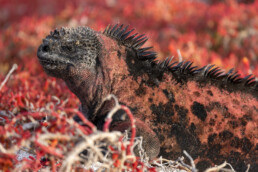
Floreana Giant Tortoise
Tortoises Bring Back Balance to Floreana
The original biodiversity of the Galapagos Archipelago has suffered greatly over the past 200 years due to threats from whalers and pirates who hunted the native tortoise population of Floreana to extinction, and the introduction of invasive species like rats and mice that consumed eggs and preyed on young wildlife, which had no defense against these predators.
A recent Genetic discovery revealed that ancestors of Floreana’s tortoises were brought to another island, Isabela, where they bred with the Wolf Volcano Tortoises. They maintained most of the genes of the Floreana tortoises. An ambitious plan with many partners was launched to breed these tortoises and reintroduce them to Floreana.
The tortoise is a true environmental engineer — not only does it disperse seeds and move soil, but it also "terraforms" its habitat. By consuming large amounts of lower vegetation, tortoises create a more open understory shaded by the canopy above, allowing certain plants to thrive. This structural change benefits species like the endangered Floreana Mockingbird and Little Vermillion Flycatcher, which forage on open ground. Tortoises once migrated upslope during the hot season, creating seasonal impacts on their habitat. Restoring this behavior could reintroduce these natural patterns, further enriching the ecosystem.
PHOTO: JOSHUA VELA
Jocotoco's team will reintroduce the Floreana Giant Tortoise back to the island first, but they won’t stop there. Over the coming years, in total they will reintroduce 12 endemic species back to Floreana.
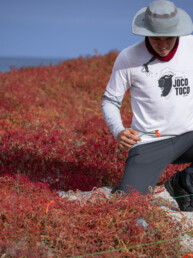
Join Jocotoco in restoring the Galapagos. Together, we can repair the damage, protect endangered species, and bring balance back to this unique ecosystem.
ICF is thrilled to announce a 1:1 match, up to $5,000, for donations supporting the rewilding of Floreana Island—thanks to the incredible generosity of one of our donors!

